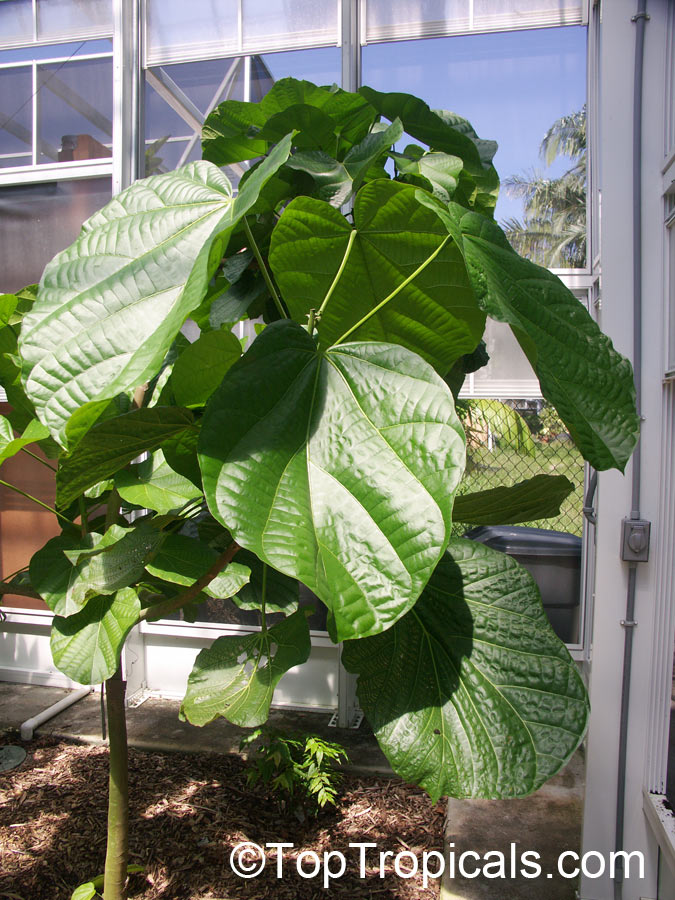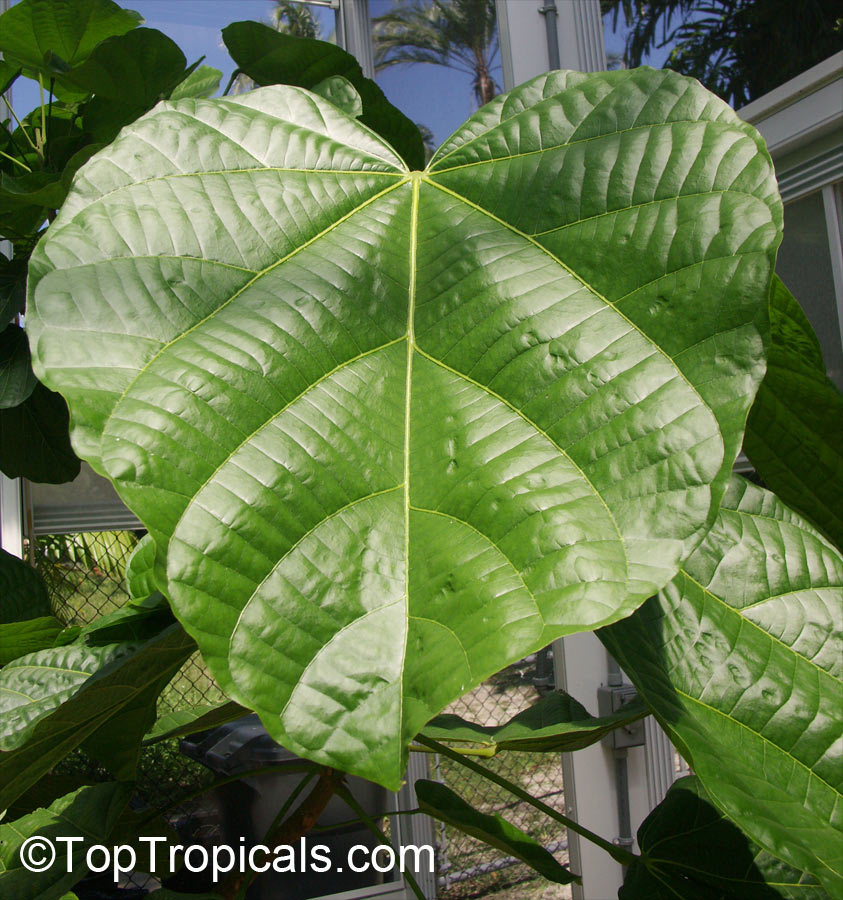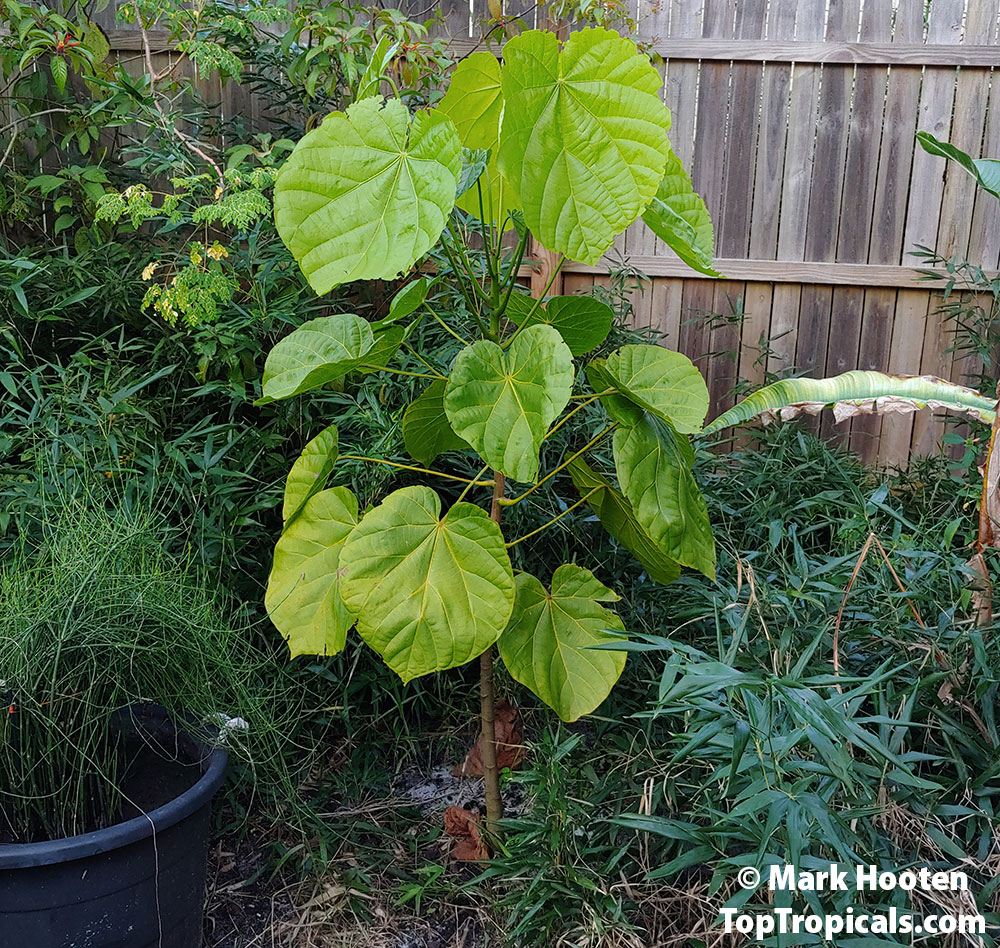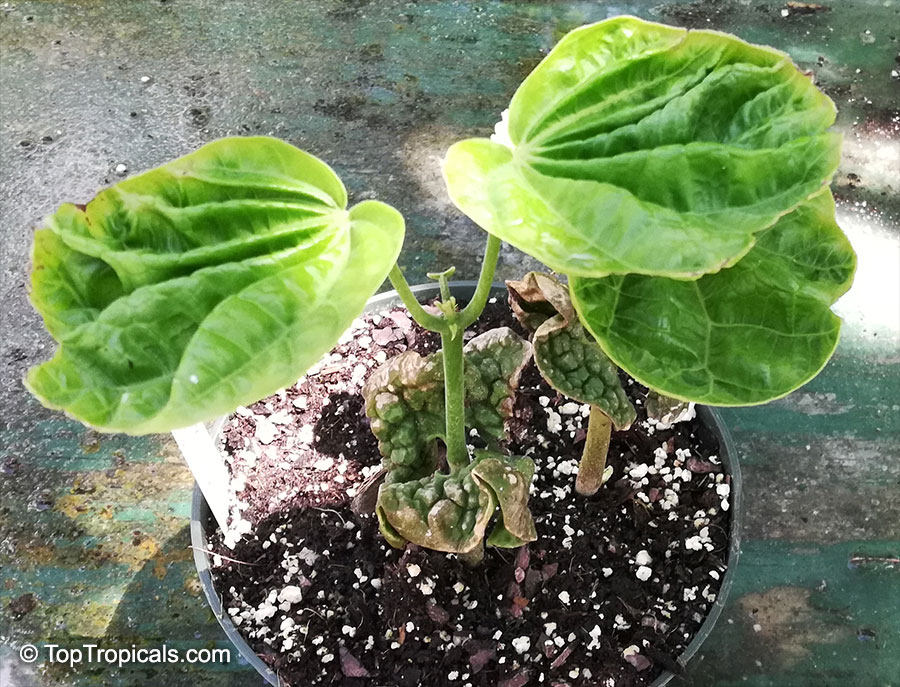Quararibea cordata (Chupa-chupa)
Top Tropicals Plant Encyclopedia
Botanical names: Quararibea cordata, Matisia cordata
Common names: Chupa-chupa, Zapote Chupachupa, South American Sapote
Family: Malvaceae (Formerly:Bombacaceae)
Subfamily: Bombacoideae
Origin: Brazil, Colombia, Peru





The Chupa-chupa tree is fast-growing, erect, to 130 or even 145 ft (40-45 m) high in the wild, though often no more than 40 ft (12 m) in cultivation. It is sometimes buttressed; has stiff branches in tiered whorls of 5; and copious gummy yellow latex.
The flesh, orange-yellow, soft, juicy, sweet and of agreeable flavor surrounds 2 to 5 seeds, to 1 1/2 in (4 cm) long and 1 in (2.5 cm) wide, from which long fibers extend through the flesh.
In Florida, young trees need protection from winter cold. For best performance, the tree needs full sun and plenty of moisture. The tree attains maximum dimensions in the low, wet, deep soils of South American forests, yet it does well in cultivation on the slopes of the Andes and seems to tolerate the dry, oolitic limestone of South Florida's coastal ridge when enriched with topsoil and fertilizer.
The tree is commonly grown from seed but superior types should be vegetatively propagated. Side-veneer grafting can be easily done.
Also placed in Malvaceae ssf. Bombacoideae.
See very interesting article about Quararibea cordata.








